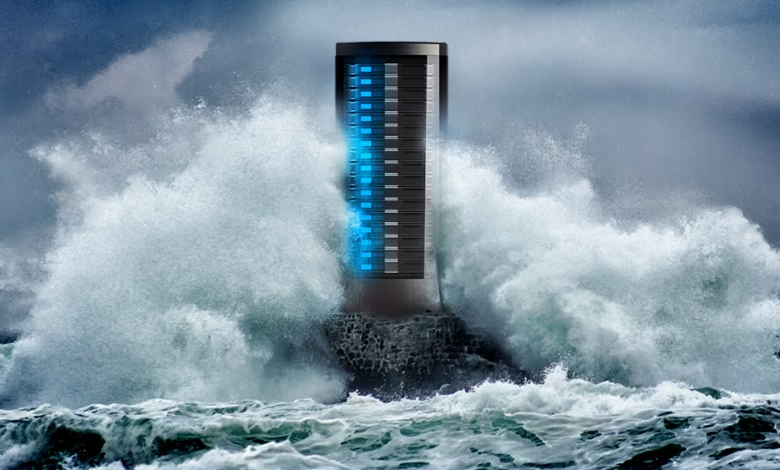Historic 7.3Tbps DDoS Attack Shatters Records

▼ Summary
– Cloudflare reported the largest-ever DDoS attack, peaking at 7.3 terabits per second, targeting a customer with 37.4 terabytes of junk traffic in 45 seconds.
– The attack overwhelmed nearly 22,000 destination ports on a single IP address, demonstrating its thorough and well-engineered nature.
– Most of the attack used UDP packets, which lack connection handshakes, making them ideal for flooding targets with high-speed traffic.
– UDP floods saturate targets by sending excessive packets to random ports, forcing the system to respond until it becomes overwhelmed and denies legitimate traffic.
– Unlike TCP, UDP’s lack of verification allows attackers to bombard servers without permission, exploiting its speed-focused design for time-sensitive applications.
The internet security landscape has witnessed an unprecedented distributed denial-of-service (DDoS) attack, reaching a staggering 7.3 terabits per second, the largest ever recorded. This massive assault, detected by cybersecurity experts, unleashed 37.4 terabytes of malicious traffic in just 45 seconds, overwhelming its target with data equivalent to streaming over 7,500 hours of HD content in less than a minute.
The attack employed a “carpet bombing” technique, simultaneously targeting approximately 22,000 destination ports on a single IP address belonging to an undisclosed Cloudflare customer. In total, 34,500 ports were hit, demonstrating the attack’s precision and sophisticated engineering.
Most of the malicious traffic relied on User Datagram Protocol (UDP) packets, a communication method often used for time-sensitive applications like video streaming, online gaming, and DNS queries. Unlike Transmission Control Protocol (TCP), UDP doesn’t require a formal connection handshake before transmitting data, making it faster but also more vulnerable to exploitation.
UDP flood attacks work by inundating a target with an overwhelming volume of packets, either directed at random ports or specific vulnerabilities. Because UDP doesn’t verify whether data reaches its destination, attackers can bombard servers without permission. The targeted system then exhausts resources trying to respond to each request, ultimately crashing and blocking legitimate traffic.
This record-breaking attack underscores the growing scale and complexity of cyber threats, forcing organizations to bolster defenses against increasingly aggressive DDoS tactics.
(Source: Ars Technica)





